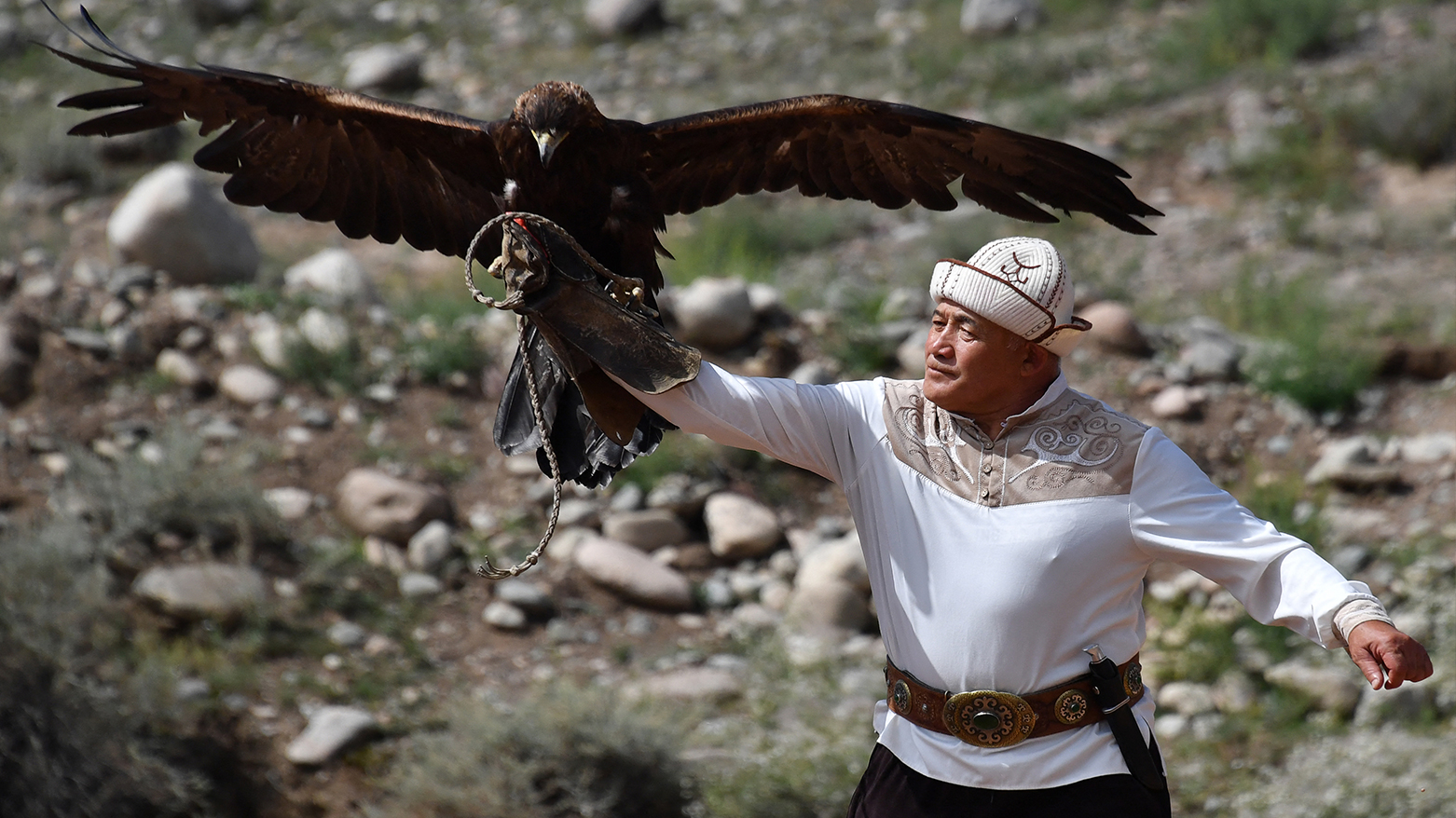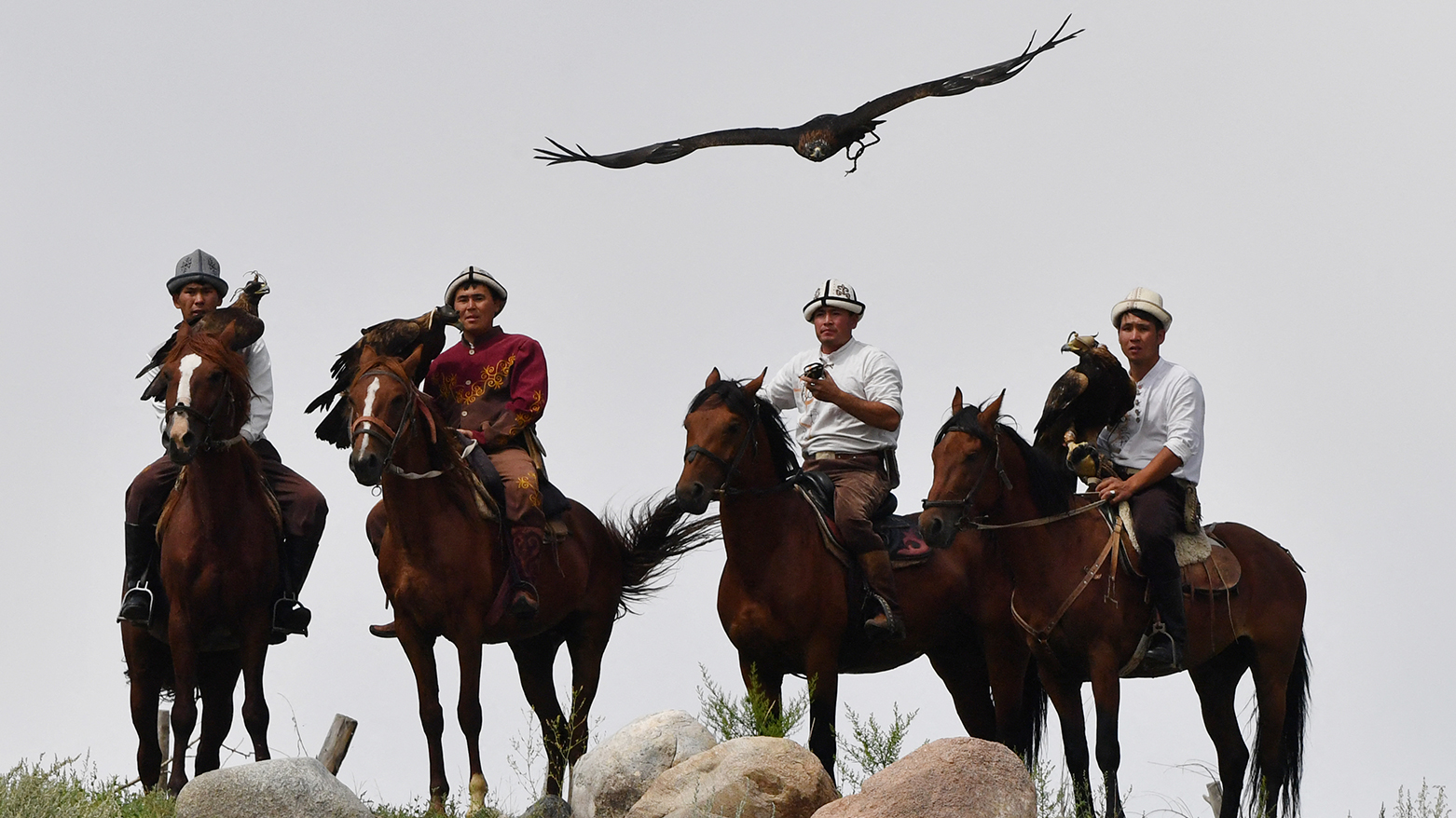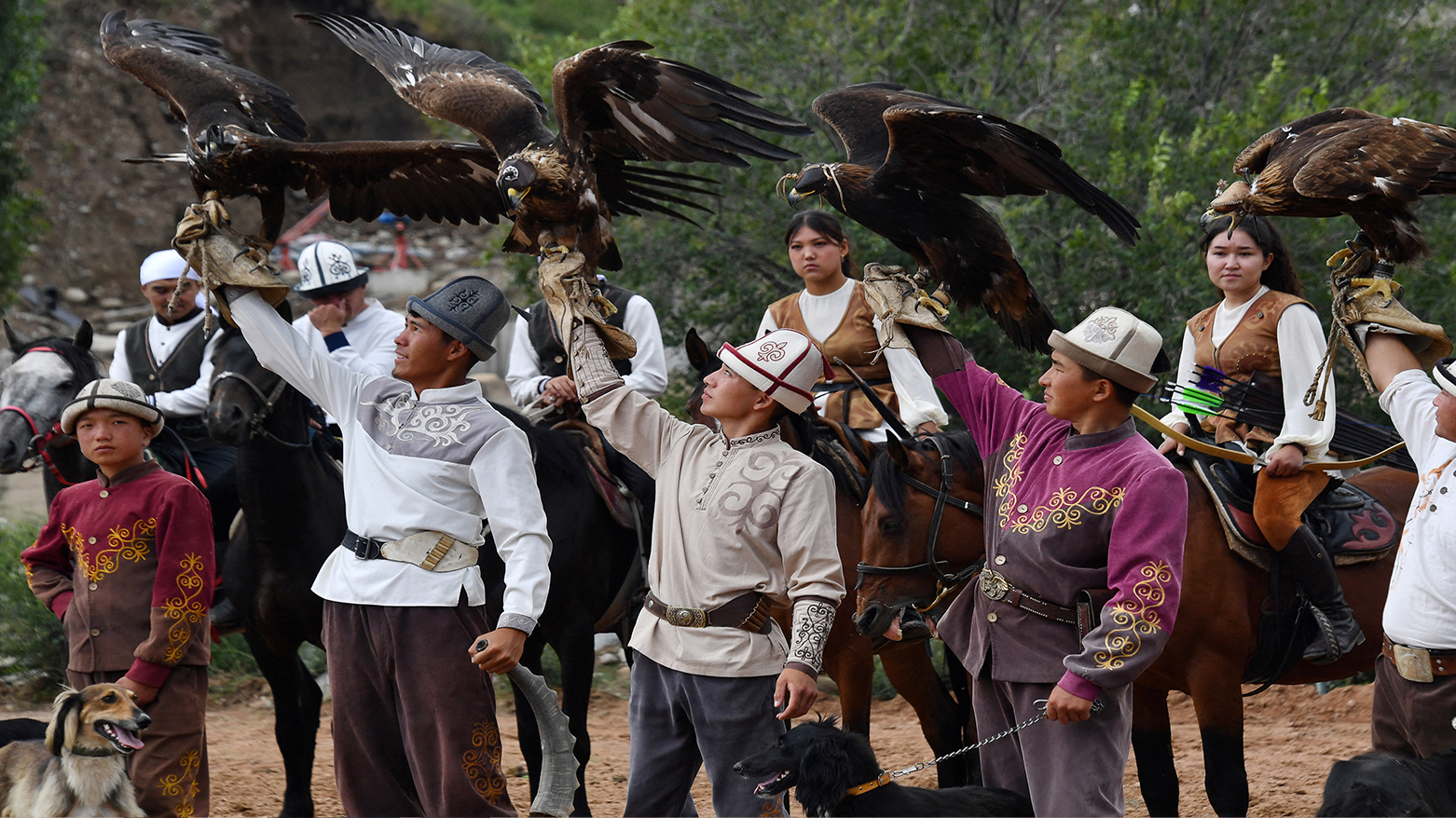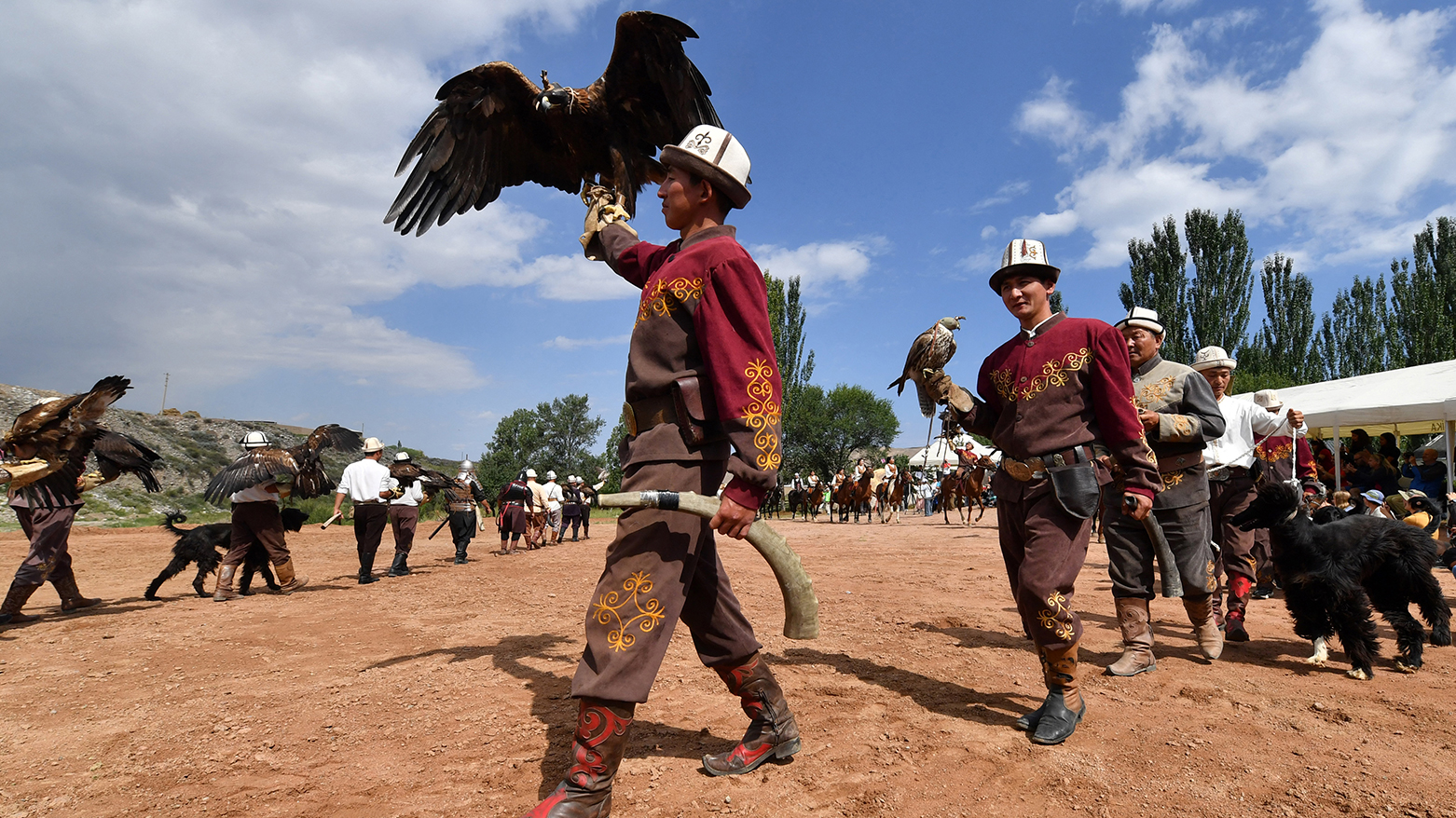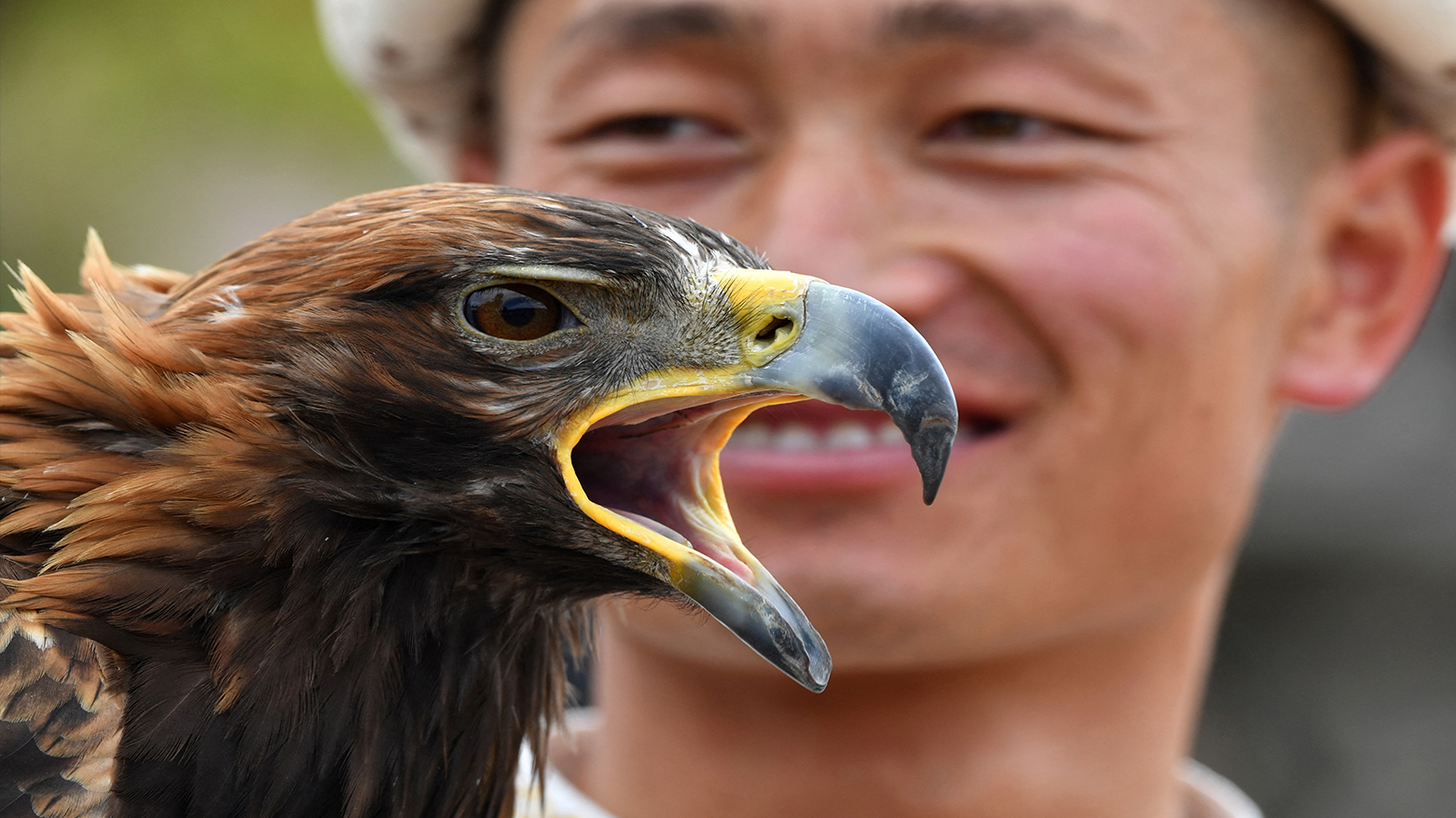
Heritage on Horseback: Salburun Festival Revives Kyrgyz Nomadic Hunting at Kyrgyzstan
ERBIL (Kurdistan24) - Golden eagles, taigan dogs and archers gather in Bokonbaevo to celebrate "hunter's zest". Nestled on the southern shore of Lake Issyk‑Kul in the village of Bokonbaevo, Kyrgyzstan, the annual Salburun Festival—meaning “Hunter’s Zest” in Kyrgyz—brings traditional nomadic hunting practices vividly to life. This year’s edition drew hundreds of spectators keen to witness age-old cultural displays that blend sport, art, and tradition.
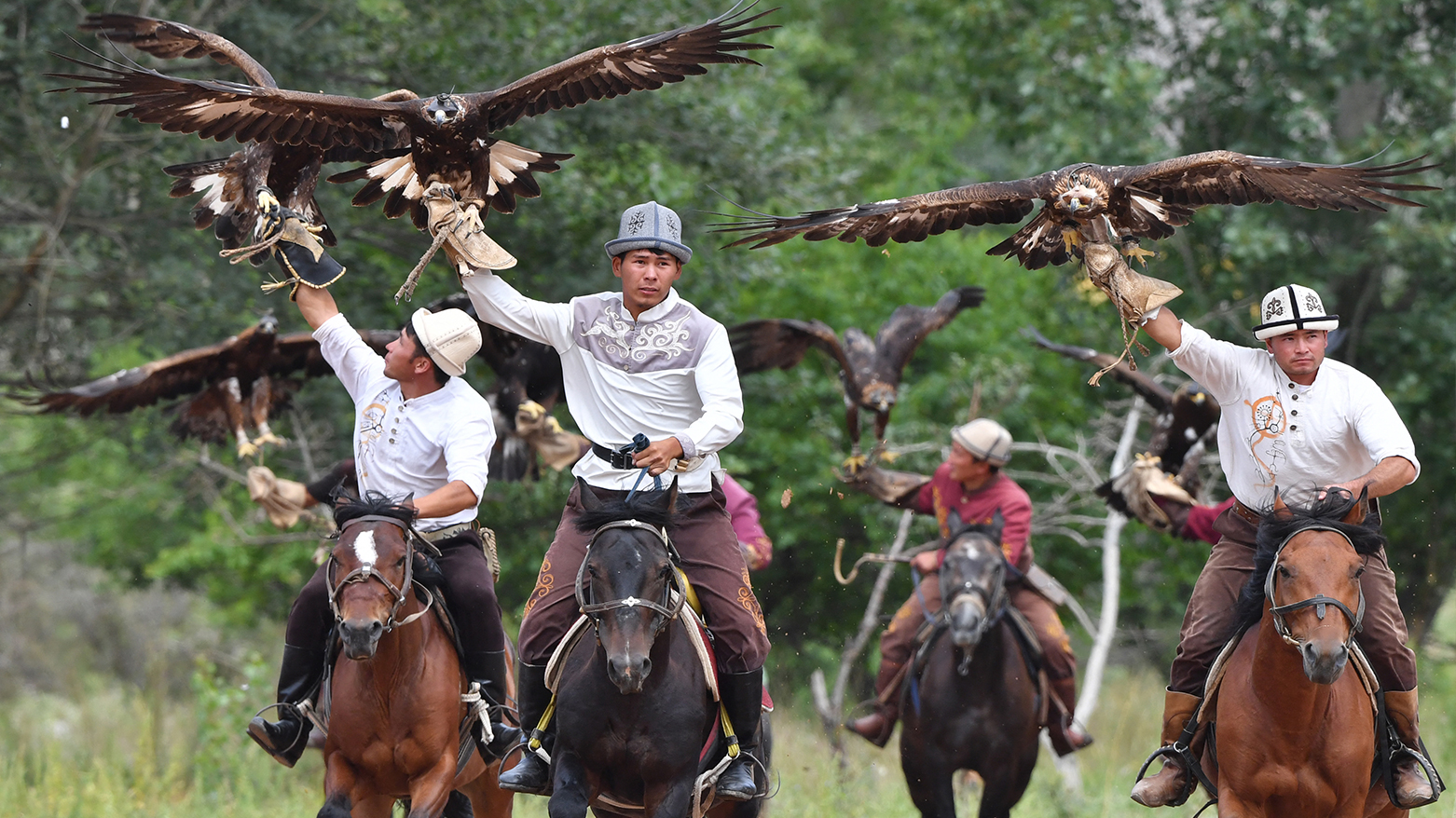
Ancestral Skills on Display
Salburun traces back to the nomadic lifestyle where hunters protected herds from predators like wolves. The festival includes several disciplines:
Golden‑eagle falconry (burkut saluu), where berkutchi (eagle hunters) release eagles to chase lure targets or replicate hunts in specialized trials.
Taigan‑dog races, testing speed and agility as dogs chase simulated prey (traditionally fox or hare lures) across the field.
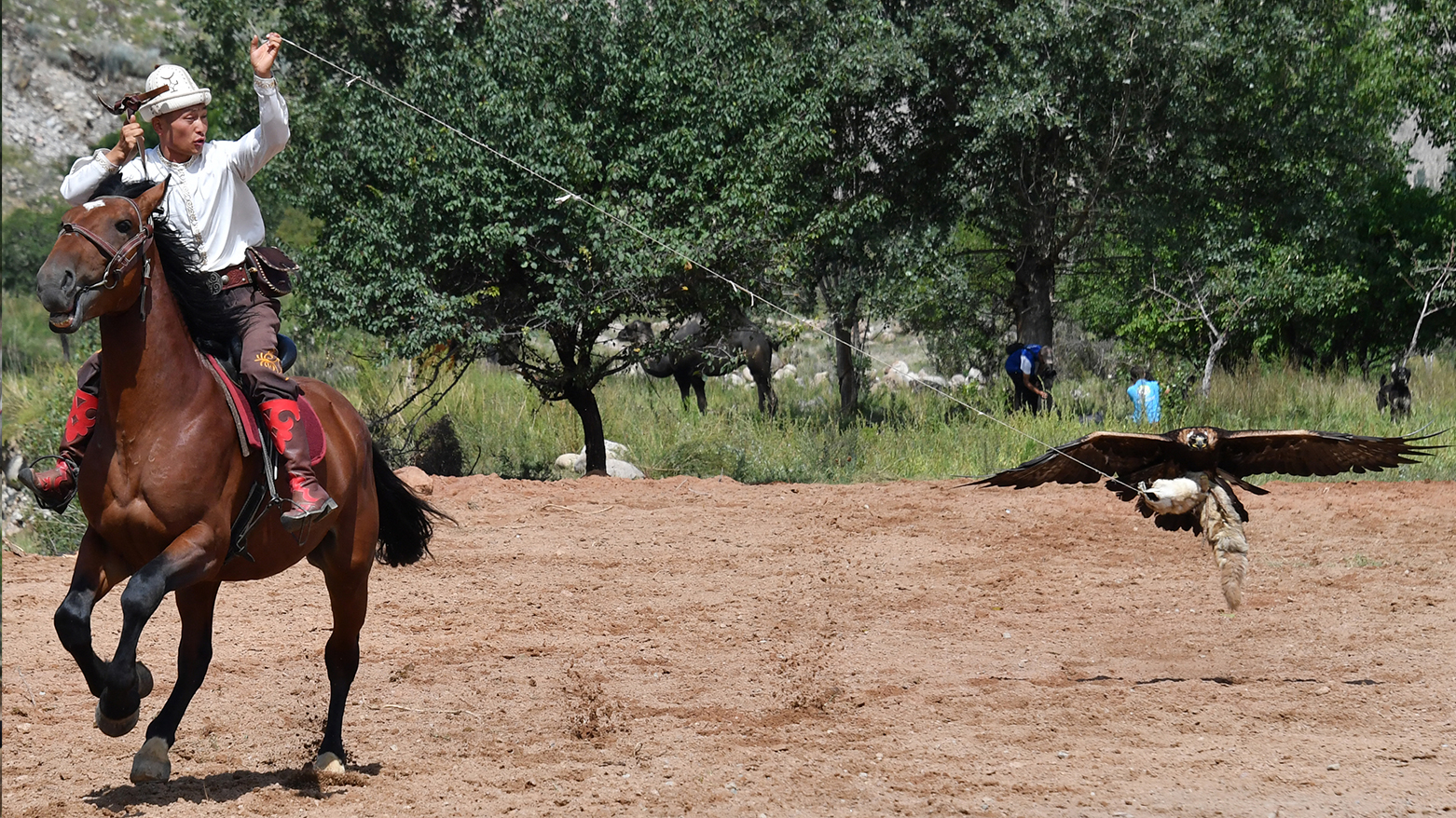
Mounted archery, both accuracy and speed from horseback using traditional bows and attire.
These events are performed in traditional Kyrgyz dress, immersing participants in centuries‑old hunting arts that once ensured survival on the steppes.
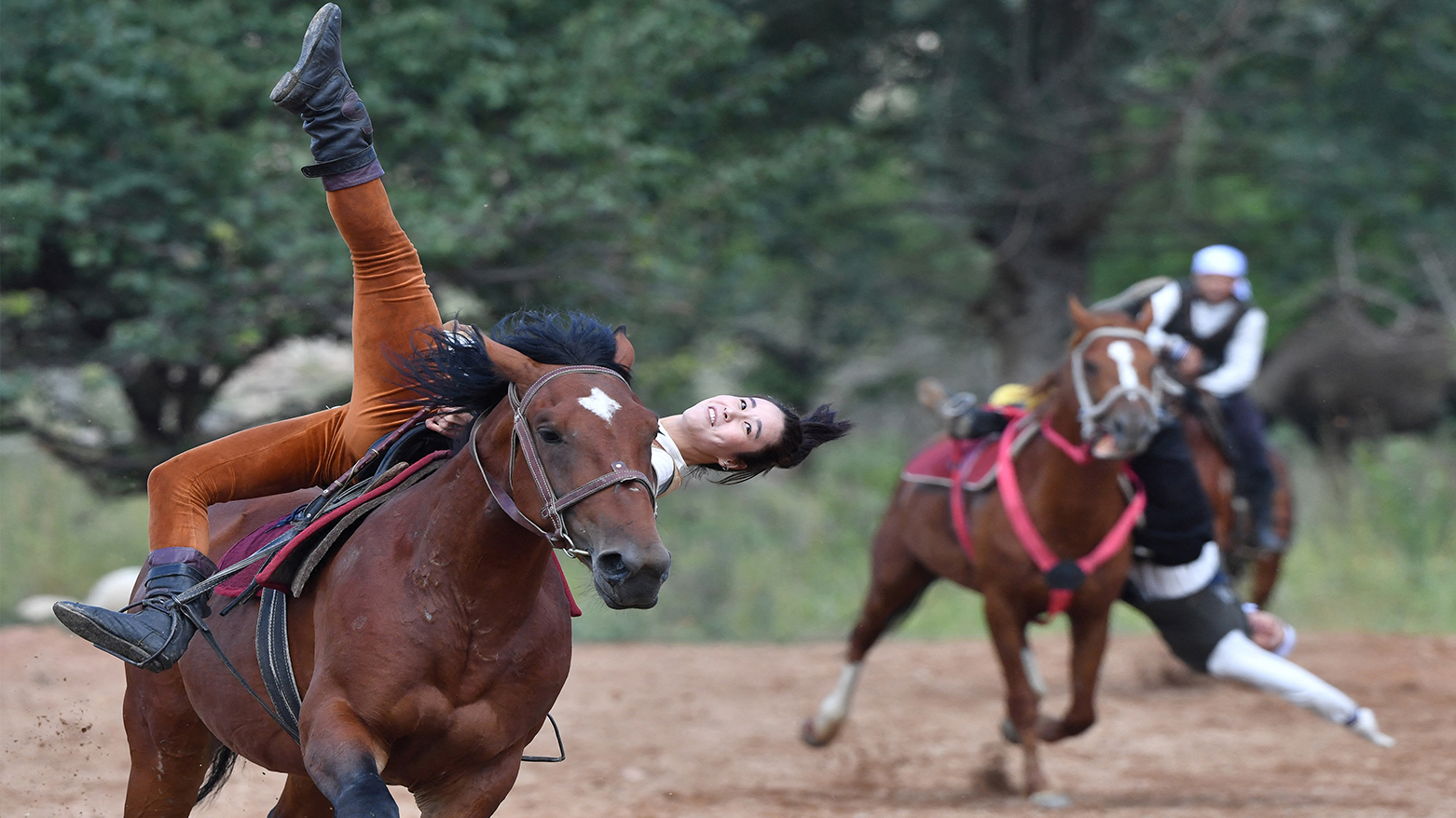
Festivals at Bokonbaevo
Held in Bokonbaevo, on the idyllic southern bank of Issyk‑Kul, the festival has been an annual tradition since 1997. Registration by the Salburun Federation began in 2010, with updated rules introduced to enhance animal welfare, replacing events like live wolf baiting with ethical simulations.
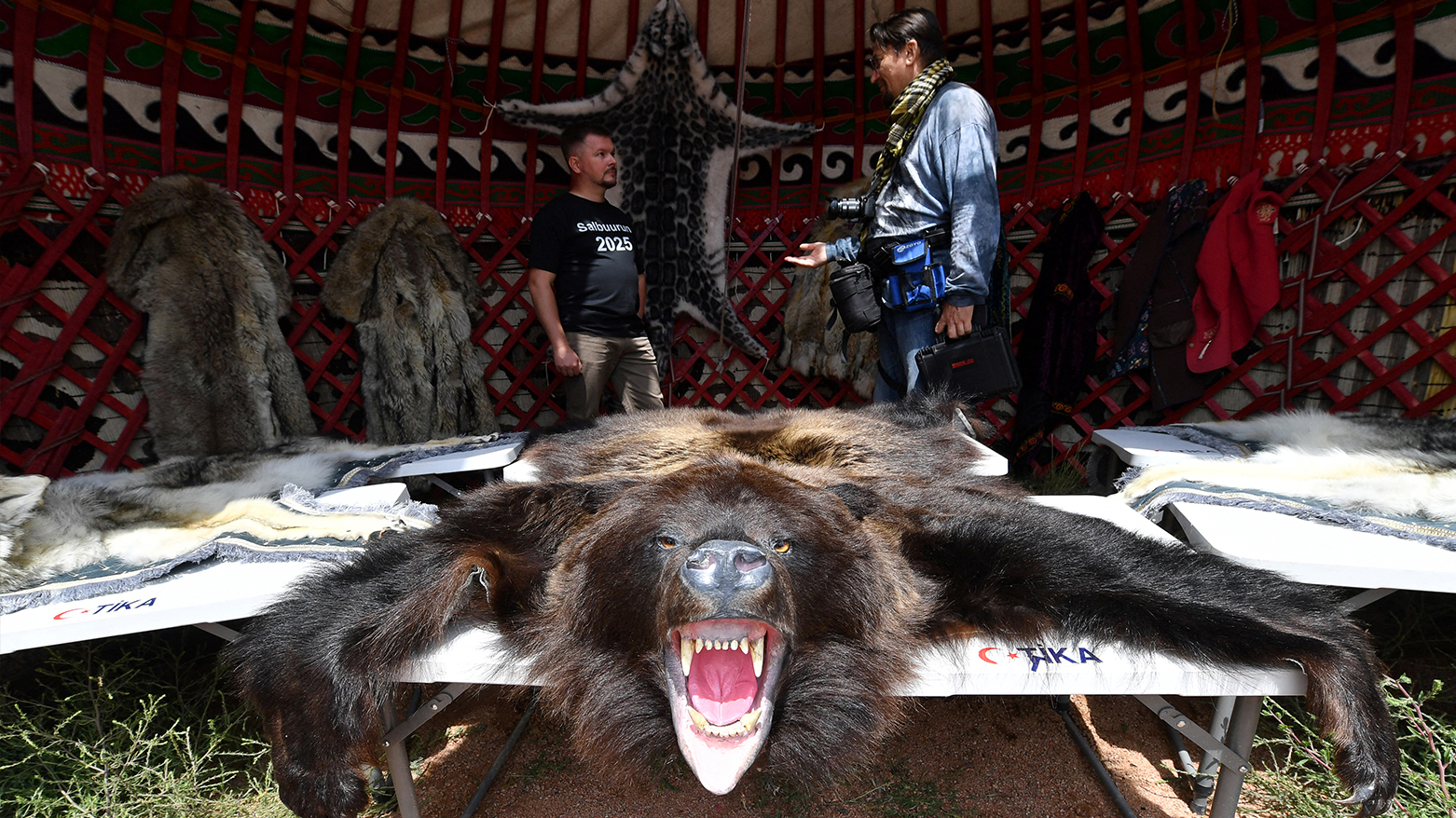
The event draws competitors and birds-of-prey specialists from across Kyrgyzstan, creating a competitive yet respectful atmosphere around national traditions.
Why It Matters
Salburun isn’t just sport—it’s a cultural resurrection. Through disciplined hunting arts, music, crafting and attire, visitors gain insight into Kyrgyzstan’s nomadic identity. It's also part of the World Nomad Games, further cementing its status as a symbol of cultural resilience and continuity
